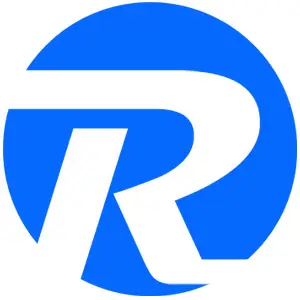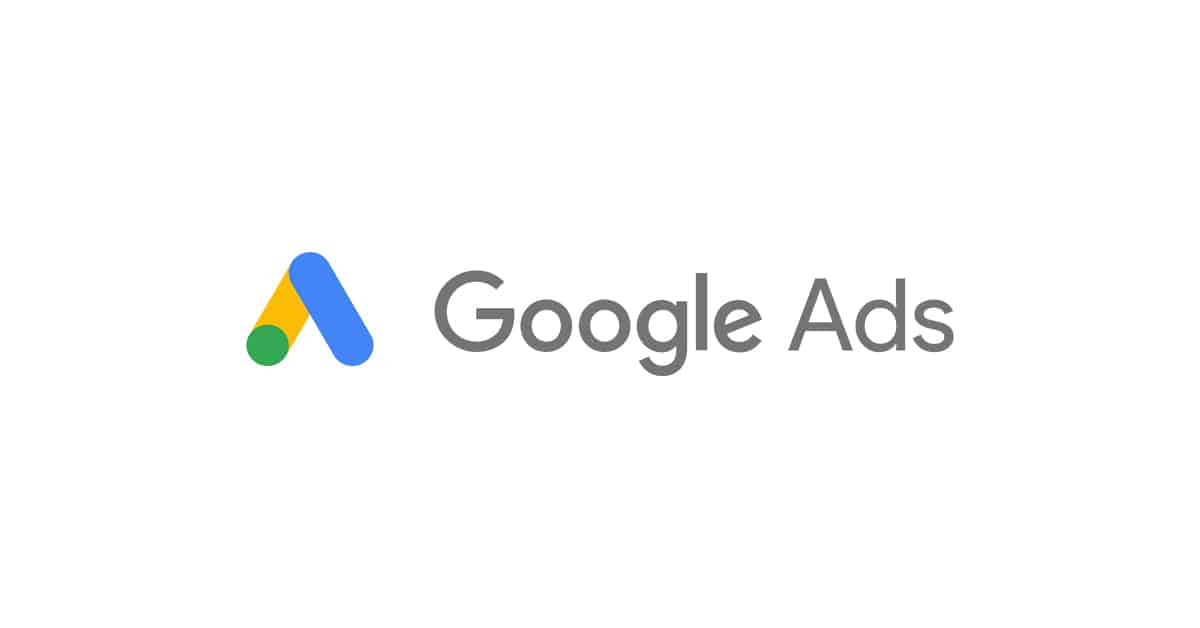If you are here, unfortunately, your advertisement has been rejected by Google ads.
This setback is way from ideal when launching an ad campaign, mainly when the platform’s approval message is vague.
This blog post is intended to assist accurately steer you to launch your ad campaign and advertisement as soon as possible.
Google ads support is your finest resource for instant solutions. Their support can share accurately why an advertisement was rejected and provide the steps to take for a resolution. They provide a handy guide on identifying the reasons for a Google ad rejection and how to get an ad approved.
Google ads malicious or unwanted software
The following is how Google considers malicious or unwanted software:
Malware is a piece of mobile app or software that’s expressly made to damage a mobile device or PC, the software it runs, or the people who utilize it.
Malware is software that performs malicious things, such as installing programs without any permission or installing viruses. Because a few webmasters are unaware that their download files are malicious, these barriers might be hosted inadvertently.
Your landing page is unlikely to include malicious or software. On the other side, Google’s sophisticated process for detecting harmful info or malicious is fully automated.
It gathers information from respectable businesses that detect harmful malware and content and then focuses on analyzing that content or malware in specific geographic areas where the most are found.
The platform uses a vast network to ensure that only safe and top-quality material is available, as seen in the platform’s secure surfing overview.
Errors happen since the procedure is mechanized and safe material is frequently captured. When Google ads wrongly believe your ad is harmful, the only way to have Google rethink your advertisement is to sign in to support, complete all instructions to establish that the advertisement is incorrect, and return it for review.
Reasons to disapproved ads due to malicious or unwanted software
Here’s a list of possible reasons to guide you get started in determining why ads are rejected. Outgoing links on the landing page are using HTTP:
- Pictures are hosted on software that an ad does not approve, such as unsupported photo files or formats. Try changing the photo format to more recognized formats like JPG, ICO, PNG, etc.
- There’re redirects on the page URL or landing page.
- You’ve included automatic downloads on the landing page. According to the Google ad policy, the automatic download program should only start when the users have consented to the download by clicking on the mentioned download button.
- Custom scripts added to the page are referencing external content deemed malware by the platform.
- You’ve included fields that time the visitor to submit sensitive details. According to the unwanted software policy by Google, software must not collect data such as banking details without any encryption.
Misrepresentation or misleading of the content
Here’re a few instances provided by the documentation:
An ad only contains the words Play or Download without identifying the software or program it advertises for. A play button that leads the visitor to a download
An ad that copies or mimics the design of another site to entice visitors, but contains harmful content or unrelated program instead.
How to check for ads rejected by malicious or unwanted software
- Website only displays ads
The platform might suspend your site and Google ads if your site contains many ads for the sole purpose of luring visitors. Google thoroughly scrutinizes any website whose main goal is marketing. Ensure there are not several ads and that the landing pages have been reviewed.
- Due to malware
If malicious is found in Google ads or on the site, the platform suspends the advertisement instantly. Google monitors advertisements regularly to see if they lead to malicious infected sites or assist in spreading malware. Ads will be suspended if platforms discover such a declaration.
Tips for removing Google ads malicious or unwanted software
Check the status of your site in GSC (Google Search Console). If this is your 1st time using Search Console, insert your URLs and click adds a property to check the status. You might need to confirm that the website is yours.
If the status indicates no issues, Google ads might have discovered security problems on your website. To narrow down your search, discuss the matter with your hosting provider and utilize a program like Stop Bad Ware.
You also use a Malware Bytes Security: virus cleaner, Anti Malware program to detect any unwanted apps or malicious software.
This is how to detect malicious or unwanted software and then remove it. With the help of hacked sites, Google provides tools and proper guides to help you in repairing your website.
If you cannot repair the venue for your Google ads account, replace it with one that complies with the Google ad rules and regulation and resubmit for approval. Most of the ads are reviewed within one business day, although some can take a little longer if they need a bit complex review.
End words…
With the right analytics and goals, you can craft a fine Google ad campaign for your business or company. Your product or software can achieve a high level of conservation to assist you in growing your product or service. But there’re a few challenges along the way.
Even an excellent ad campaign is useless if it is suspended. According to the platform, if you’ve violated the Google ads malicious or unwanted software policy, you might have some considerable work ahead of you. Still, it’s worth fixing your advertisement and any aspects that’d keep your campaign in the dark.
Use the information above as a checklist to review if you run into a big problem. It’d save you precious time. That way, you can get back to generate incredible outcomes for your business or your client.

